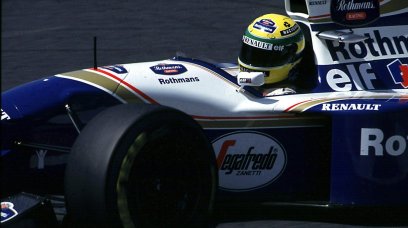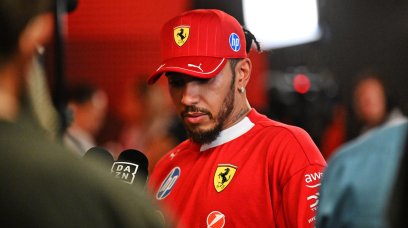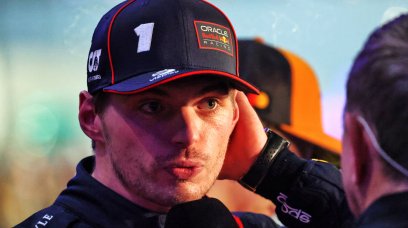At Spa-Francorchamps, Ferrari faced a dilemma; either use the low downforce rear wing - as used in the Azerbaijan Grand Prix - or use an updated version of that rear wing with slightly more downforce. It was a justified problem because, despite the fast nature of the Spa-Francorchamps circuit, they also had to be able to produce the necessary downforce in the second sector of the circuit, the most downforce-dependant section of the track. There were no such doubts at Circuit Zandvoort on Friday when, right from the first free practice, a high-downforce rear wing was chosen for both cars. This wing is characterised by a clearly visible spoon profile at the bottom of the wing (see illustration).
Ferrari able to hit the ground running
This is a slightly modified version of the wing used at the Hungaroring, with the central section of the horizontal beams being slightly higher. The balance that Ferrari found with this configuration allowed the team to lead the field with two cars in FP2, and also demonstrate a race pace that seems to be better than that of Red Bull's Max Verstappen, who only finished eighth in FP2, although he drove on used softs. After the first two free practice sessions, it is clear that the correct correlation between the simulations, as performed in Maranello, and the on-track practice data was immediately found. In previous race weekends, we have seen that when Ferrari succeeded in finding an immediate correlation, with minimal adjustments required to that solid base set-up, they were fast all weekend, as was the case in Austria.
Most read








